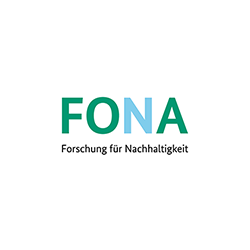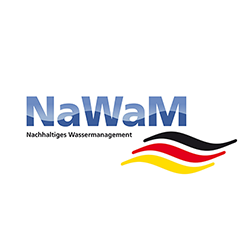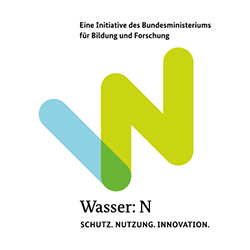Recycling of laundry wastewater for reuse by means of ceramic nanofiltration
Background:
Every year, several billion cubic meters of water are used for production processes in the manufacturing sector. However, the resource-conserving use of water, especially in industrial production processes, is becoming increasingly crucial in the wake of climate change. This is where the "ReWaMem" project comes in. Using the example of the laundry and textile cleaning industry, which has an average fresh water requirement of around 20 million m³/a, the consortium aims to develop new technologies over the next three years that treat process wastewater in such a way that it can be fed into the cleaning process as fresh or process water. This should significantly reduce the need to withdraw fresh water from rivers, for example. ReWaMem stands for "Recycling of laundry wastewater for reuse of the wastewater by means of ceramic nanofiltration". The reprocessing problem is to be solved with the help of ceramic membrane carriers and membranes to be developed in multi-channel pipe geometries with increased inner diameter or, as a development alternative, with rotating disk filters, each with nanofiltration coating. In parallel, methods based on advanced oxidation processes (AOP) for the treatment of nanofiltration concentrates will be investigated. At the same time, an online tool is being further developed which will generally enable textile laundries to take a more specific look at their process chains and thus identify the potential for reusing wastewater within their company.
Aims:
The objective of the project is the application-oriented development and testing of integrated cleaning processes based on ceramic nanofiltration technologies for the efficient water treatment of textile wastewater, including improvement of cleaning performance and reduction of chemical requirements.
Special attention is paid to the treatment of alkaline water (pH approx. 10.5) at elevated temperatures typical for the laundry industry, as these have a favorable effect on the filtration behavior. The novel combination of ceramic nanofiltration membrane (cut-off < 1000 g/mol) and pressure-driven rotating disk filter aims at a less fouling-sensitive and better, energetically favorable, highly efficient cleaning technology to demonstrate efficient recirculation of process wastewater close to production. The objective is to establish a near-ZLD (Zero Liquid Discharge) process and to bind the contaminants in a concentrate to the greatest possible extent. This process solution is to be exemplary and transferable to other industries with organic- and salt-containing water. Furthermore, it is energetically relevant to conserve the heat bound in the water via the temperature also in the water treatment. Ceramic membrane technology therefore forms the basis for the purification process at process temperature. The aim is to achieve the lowest possible heat loss through the membrane step and, in addition, to make positive use of the given water temperature.



